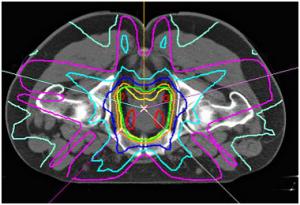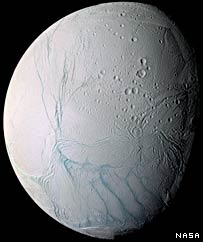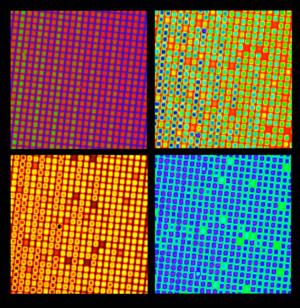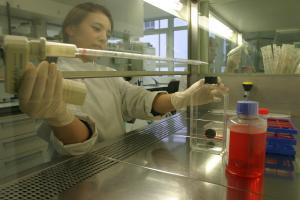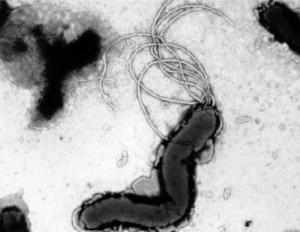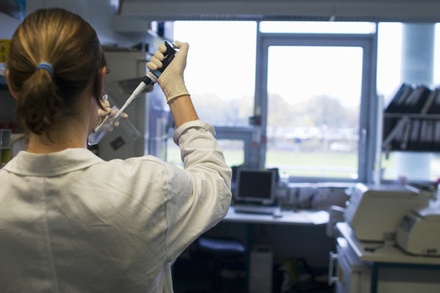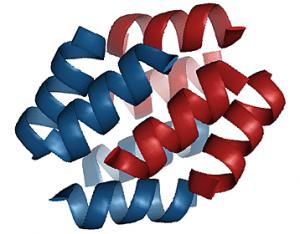Subscribe to the newsletter
[x]
Stay in touch with the scientific world!
Know Science And Want To Write?
Apply for a column: writing@science20.com
Donate or Buy SWAG
Please donate so science experts can write
for the public.
At Science 2.0, scientists are the journalists,
with no political bias or editorial control. We
can't do it alone so please make a difference.
We are a nonprofit science journalism
group operating under Section 501(c)(3)
of the Internal Revenue Code that's
educated over 300 million people.
You can help with a tax-deductible
donation today and 100 percent of your
gift will go toward our programs,
no salaries or offices.
- Conferences Good And Bad, In A Profit-Driven Society
- If You Want To Golf Better, Don't Play With A Republican
- Life On Arsenic? Why Some Science Just Won’t Die - And Why It Matters For Real Discovery
- The Hemp Industry Has A Placebo For Your PFAS Chemophobia
- TSCA: Here Is What You Need To Know About EPA Taking A New Look At Formaldehyde
- $0.50 Pantoprazole For Stomach Bleeding In ICU Patients Could Save Families Thousands Of Dollars
- Sending Health Care To Homes Is Better And Cheaper Than Hospital Stays
Interesting insights from outside Science 2.0
Who's
Online?
Online?
© 2025 Science 2.0



